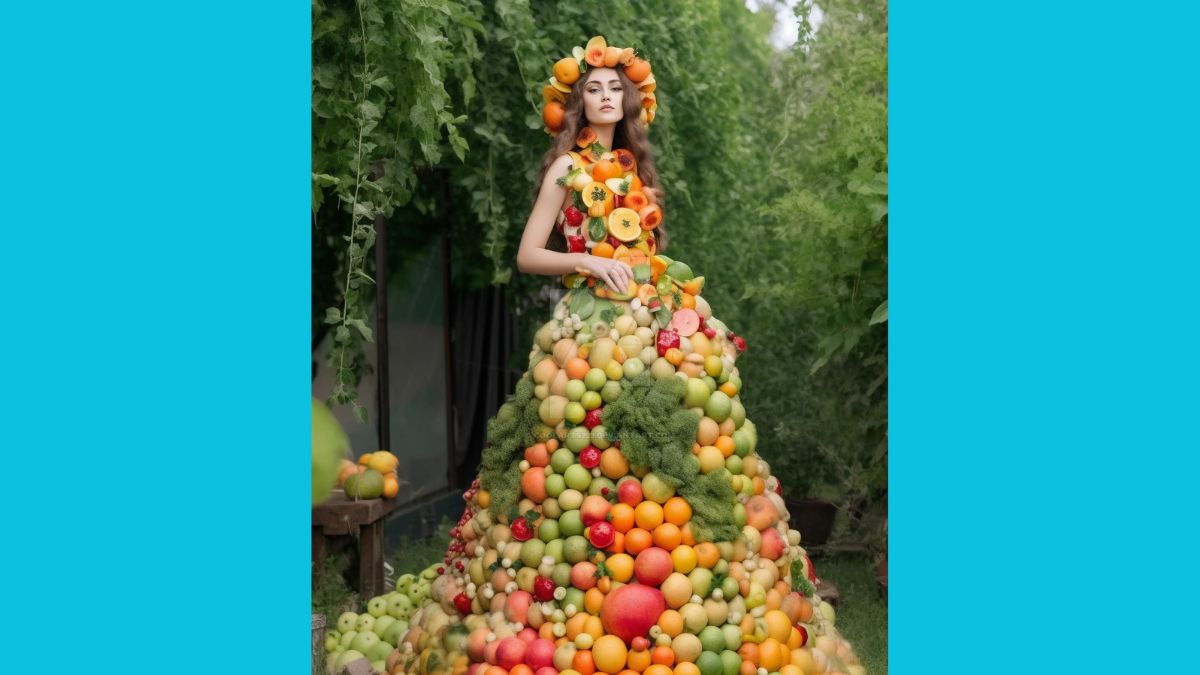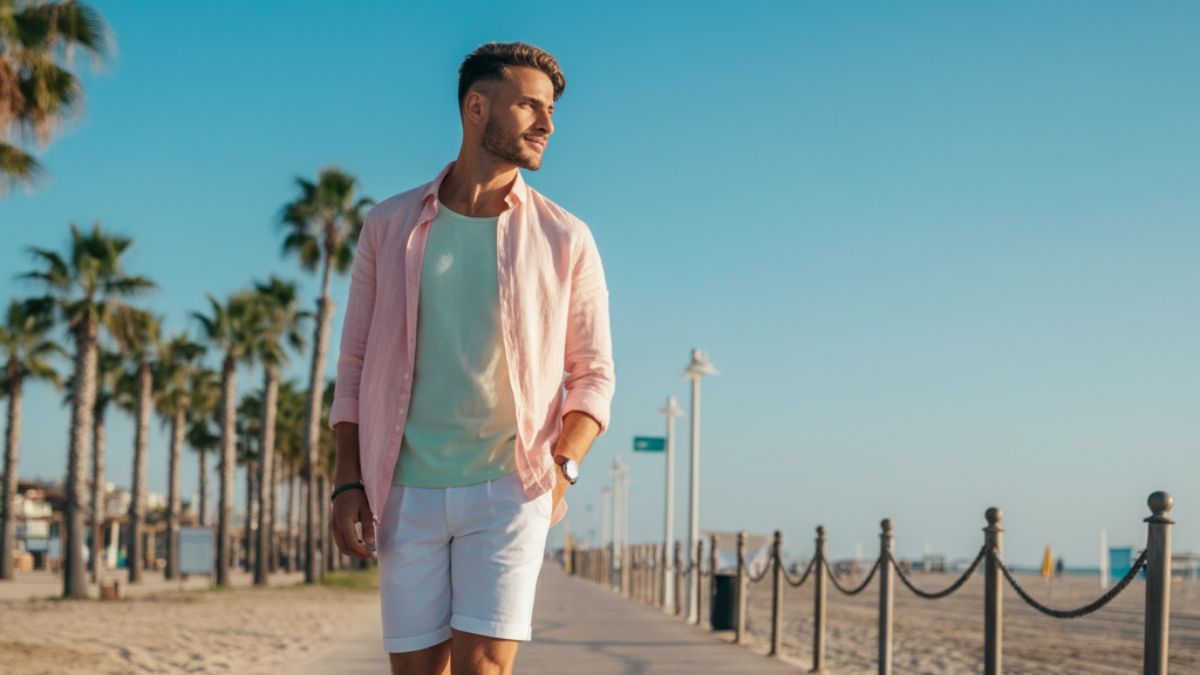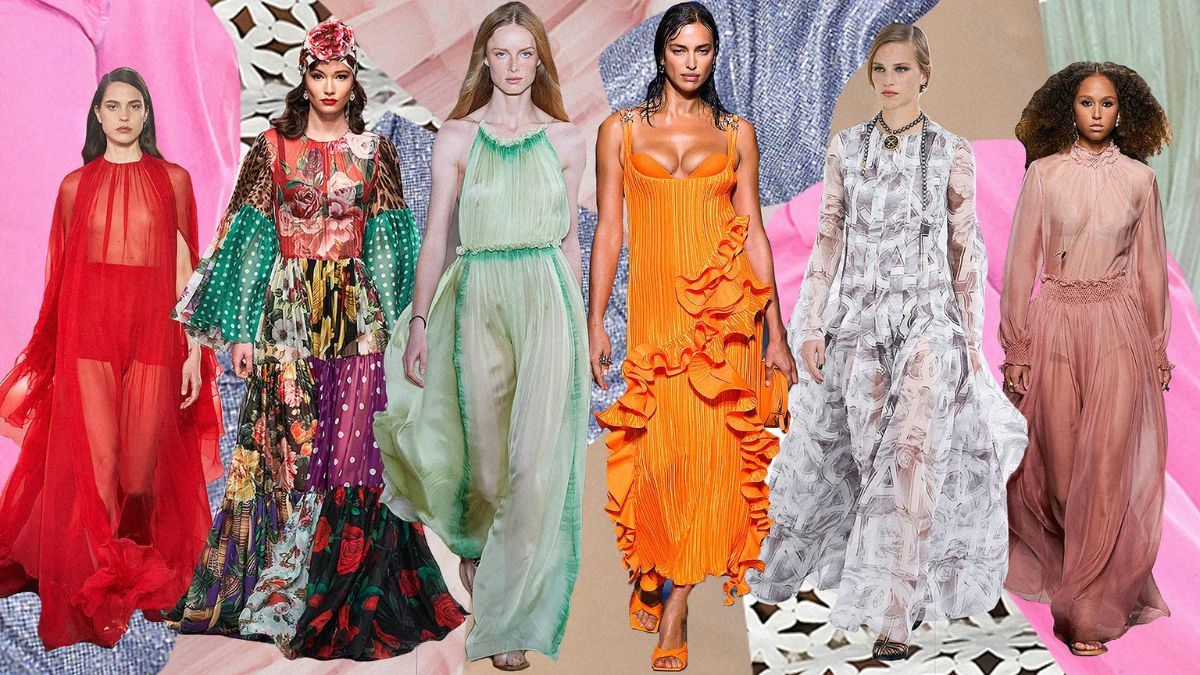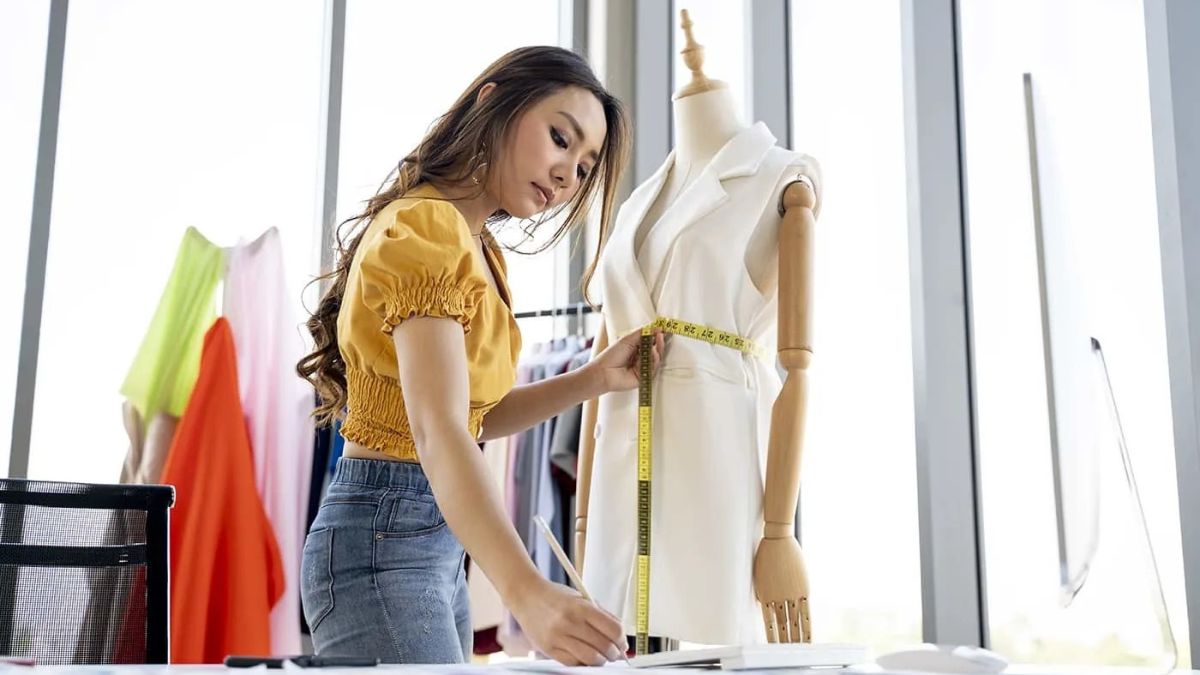Fashion gets a fresh rethink with Fruitful Fashion, offering more than just clothes—it’s a movement toward stylish sustainability and mindful consumerism.
The fashion industry, known for producing eye-catching trends, is facing a reality check. Reports suggest that fashion accounts for 10% of global carbon emissions and a staggering amount of waste annually. At the same time, innovative brands and consumers alike are looking for ways to blend style and sustainability. Enter fruitful fashion. But what does this term mean exactly, and how does it redefine the way we think about our closets?
This blog explores the concept, its benefits, and actionable steps you can take to add a touch of “fruitfulness” to your wardrobe. Get ready to prove that being sustainable doesn’t mean compromising on style.
What is Fruitful Fashion?
At its core, fruitful fashion is sustainability with a chic twist. The term hints at fashion choices that are “productive,” “nurturing,” or “fruit-bearing” in impact. These are choices that benefit not only the wearer but also the planet, workers in the supply chain, and future generations.
This concept goes beyond buzzwords like “eco-friendly” or “slow fashion.” It’s about actively creating positive outcomes while dressing fabulously—covering elements such as reducing waste, investing in quality garments, and supporting ethical practices.
Simply put, fruitful fashion is like sowing seeds for a better industry—every piece a good choice that “bears fruit” down the line.
Why Does Fruitful Fashion Matter?
Fruitful fashion offers solutions to some of the industry’s most critical challenges. Here’s why it’s important to rethink the way we shop and style.
1. Environmental Impact
The fashion industry is notorious for its carbon footprint and overflowing landfills. By choosing practices like upcycling and favoring brands with eco-certified fabrics, fruitful fashion minimizes environmental harm. Buying one high-quality piece instead of five fast-fashion alternative can cut clothing waste by nearly 50%, according to multiple studies.
2. Support for Ethical Practices
Sadly, fast fashion is often linked to labor exploitation. Adopting fruitful fashion means supporting brands that offer fair wages and safe working conditions to their workers. Brands like People Tree and Eileen Fisher epitomize this ethos.
3. A Timeless Wardrobe
Fruitful fashion encourages curating high-quality, versatile clothing that stands the test of time. Trends may fade, but investing in something truly durable helps you build a capsule wardrobe with functional, timeless pieces.
4. Consumer Empowerment
When we know our purchases translate to sustainability or ethical progress, there’s undeniable satisfaction. Fruitful fashion empowers consumers to vote with their wallets, rewarding businesses that prioritize the environment and human dignity.
5 Ways to Start Your Fruitful Fashion Journey
Now that we understand its value, it’s time to put fruitful fashion into practice. Below are simple yet effective ways to align your wardrobe with purposeful choices.
1. Shop Strategically
Replace impulse buys with intentional ones. The next time you’re out shopping, pause and ask yourself three questions:
- Does this align with my personal style?
- Will I wear it frequently over the next few years?
- Is it made by a brand that values sustainability?
By filtering purchases, you lessen the chances of accumulating excess or purchasing poor-quality trendy pieces.
2. Explore Secondhand and Vintage Stores
Thrift shopping has become increasingly popular and for good reason—it’s sustainable, affordable, and often results in discovering one-of-a-kind pieces. By extending the life cycle of clothing, secondhand stores significantly reduce landfill contributions. Platforms like Depop, ThredUp, and ` make thrifting fun and accessible from home.
3. Upcycle and Repair
Got an old tee with minor wear? Instead of tossing it, explore ideas like upcycling it into a trendy crop top or a set of reusable tote bags. Similarly, learn basic repair skills for issues like ripped seams or missing buttons. Not crafty? Many dry cleaners and specialty shops offer repair services.
Brands like Patagonia even provide repair toolkits for their garments or offer free mending programs to encourage longevity in clothing.
4. Support Fruitful Brands
Seek out brands that blend fashion and responsibility seamlessly. Labels like Reformation, Stella McCartney, and Everlane have spearheaded the fruitful fashion ethos. Many—like Tentree—go the extra mile to make a tangible impact, with every purchase funding environmental initiatives (e.g., planting trees).
If you’re unsure about a brand’s credentials, look out for certifications like Fair Trade Certified, GOTS (Global Organic Textile Standard), or B Corporation labels, which speak to their ethical and sustainable practices.
5. Build a Capsule Wardrobe
This concept marries perfectly with fruitful fashion. A capsule wardrobe focuses on fewer pieces but ensures they mix and match into dozens of outfits. Think white cotton shirts, fitted jeans, tailored blazers, and versatile footwear.
Capsule wardrobes aren’t just minimalist marvels—they also discourage waste by maximizing use per piece.
Future Trends in Fruitful Fashion
Fruitful fashion isn’t just a fleeting movement. Thanks to growing awareness and technology, it’s evolving rapidly. Some key trends are already taking root:
- Closed-loop manufacturing: Materials like Refibra™ and bioengineered leather are minimizing waste at the production stage.
- Resale becoming mainstream: Luxury labels like Gucci are even creating in-house secondhand platforms.
- Digital fashion for sustainability: Yes, virtual wardrobes are a thing! You can now try (and share) looks without buying physical garments.
The growing collaboration between apparel companies and tech firms means fruitful fashion will only become more accessible over time.
How Fruitful Fashion Benefits Both Style and Sustainability
By combining mindful consumer habits, innovative technologies, and passionate advocacy, fruitful fashion lets you express a morally sound personal style. There’s a special kind of confidence that comes with knowing your wardrobe choices echo beyond the mirror—reflecting respect for both the planet and people.
Looking to explore more sustainable style options? Share this guide with a friend or discuss it within your community—because fruitful fashion is at its most impactful when shared. Remember, it’s not just about wearing your values—it’s about living them.
FAQs
What is sustainable fashion?
Sustainable fashion refers to clothing, accessories, and footwear that are designed, produced, and distributed in ways that minimize environmental impact and respect ethical labor practices. It focuses on using eco-friendly materials, reducing waste, and ensuring the fair treatment of workers.
How can I start transitioning to a sustainable wardrobe?
Start by evaluating your current wardrobe and identifying pieces that can be repaired, reused, or repurposed. Invest in high-quality, timeless items that last longer, and support brands that prioritize sustainability and transparency in their production processes.
Is sustainable fashion affordable?
While some sustainable brands may have higher price points, there are plenty of budget-friendly ways to adopt a more sustainable approach. Thrift shopping, clothing swaps, and buying second-hand are great options to explore sustainable fashion without overspending.
Why does sustainable fashion matter?
Sustainable fashion helps reduce the harmful environmental and social impacts caused by the fast fashion industry. By supporting sustainable practices, you contribute to preserving natural resources, reducing pollution, and promoting fair working conditions for garment workers.
How can I identify truly sustainable brands?
Look for certifications such as Fair Trade, GOTS (Global Organic Textile Standard), or B Corp, which indicate adherence to environmental and ethical practices. You can also research a brand’s policies on labor conditions, material sourcing, and environmental initiatives to ensure transparency.










